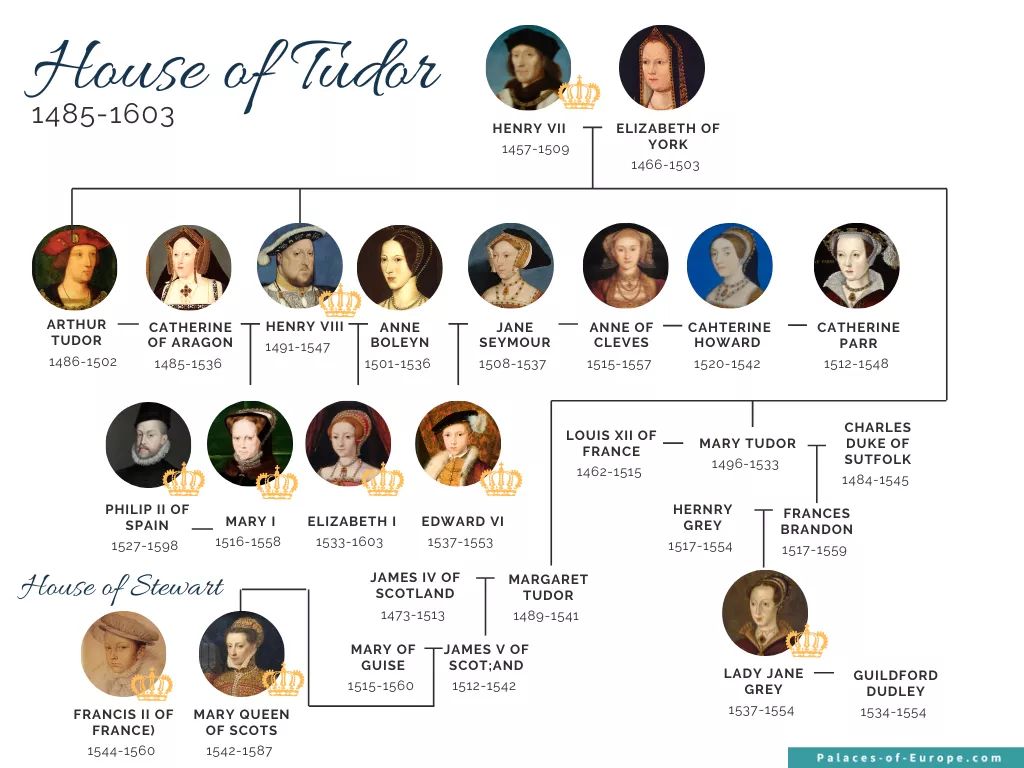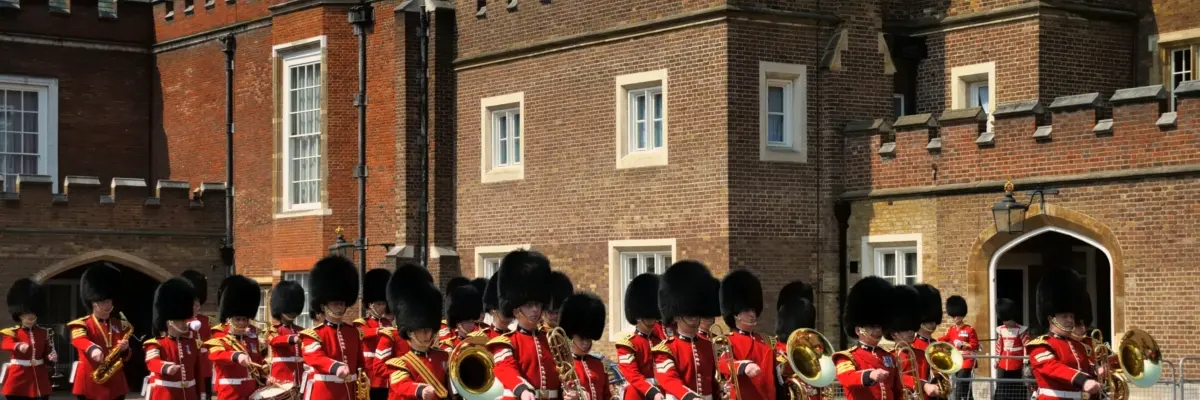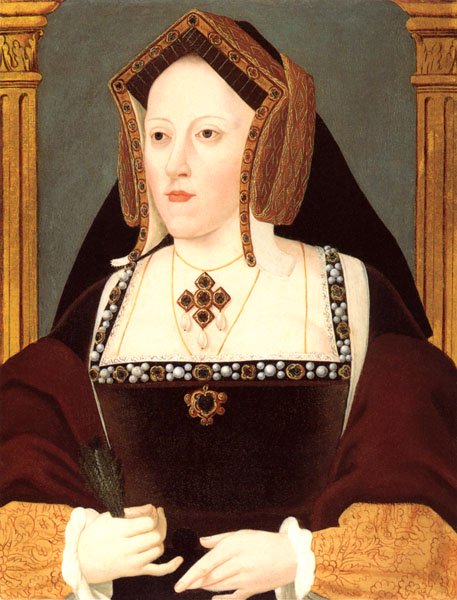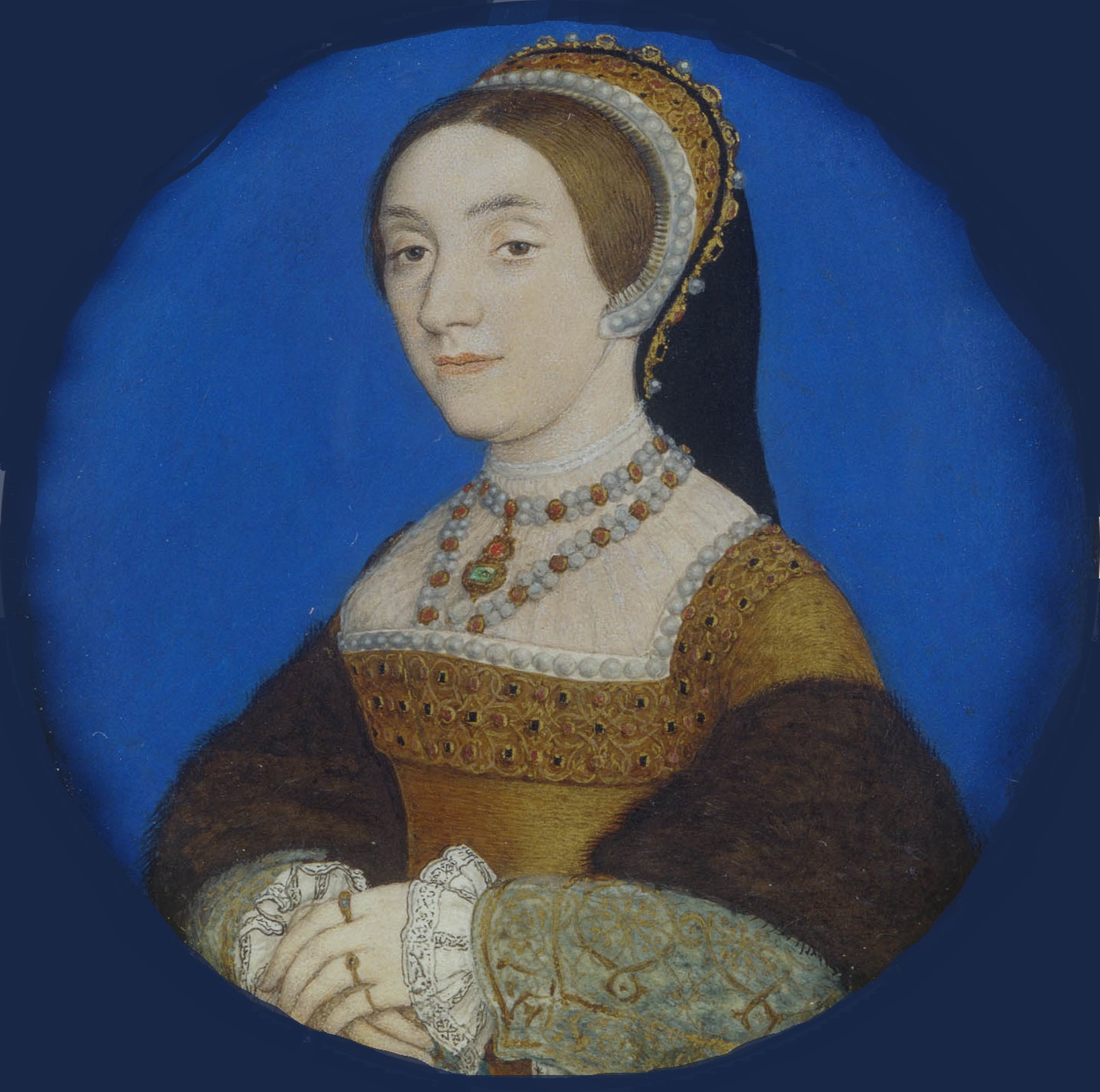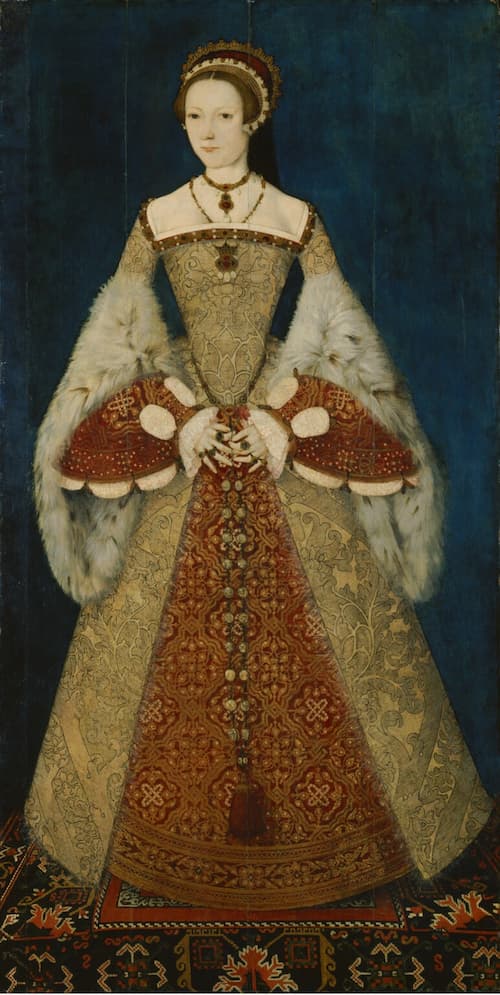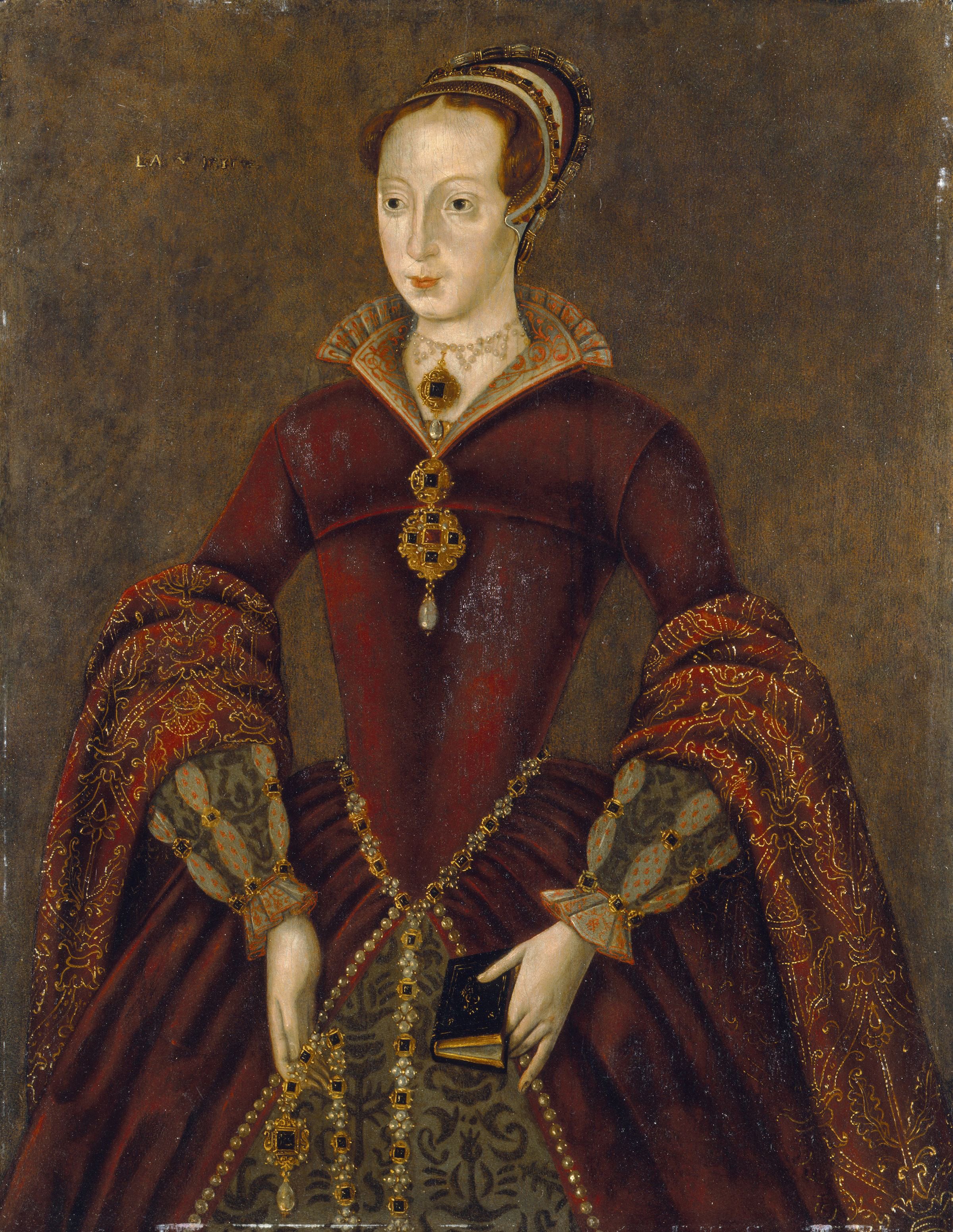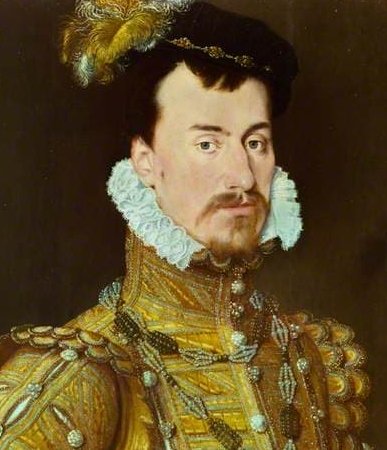The House of Tudor
The House of Tudor ruled England from 1485 to 1603.
The dynasty began with Henry VII, who defeated Richard III in the Battle of Bosworth Field, ending the Wars of the Roses.
Henry VIII, is perhaps the most famous Tudor monarch, known for his six marriages, his break with the Catholic Church, and his role in the English Reformation.
After his death, his son Edward VI ruled briefly before his half-sister Mary I took the throne. Mary's attempt to restore Catholicism led to religious persecution.
Her half-sister, Elizabeth I, became the last Tudor monarch. Elizabeth's reign was marked by her defeat of the Spanish Armada and the establishment of England as a major European power. Elizabeth's reign was marked by a period of prosperity and cultural achievement known as the Elizabethan Era.
The Tudor dynasty ended with Elizabeth's death in 1603, and the English throne passed to James VI of Scotland, who became James I of England.
For a brief period from July 10 to July 19, 1553, Lady Jane Grey was Queen of England. She is known as the Nine Days' Queen.
DISCLOSURE: I get commissions for purchases made through some of the links in this article.
The house of tudor family tree
As you can see in this Tudor family tree, the Tudors only ruled England for three generations. Nevertheless, they left an indelible mark.
They also caused quite a stir in English history, particularly with the break from the Catholic Church and the creation of the Church of England.
The Rise of the Tudors
Henry VII
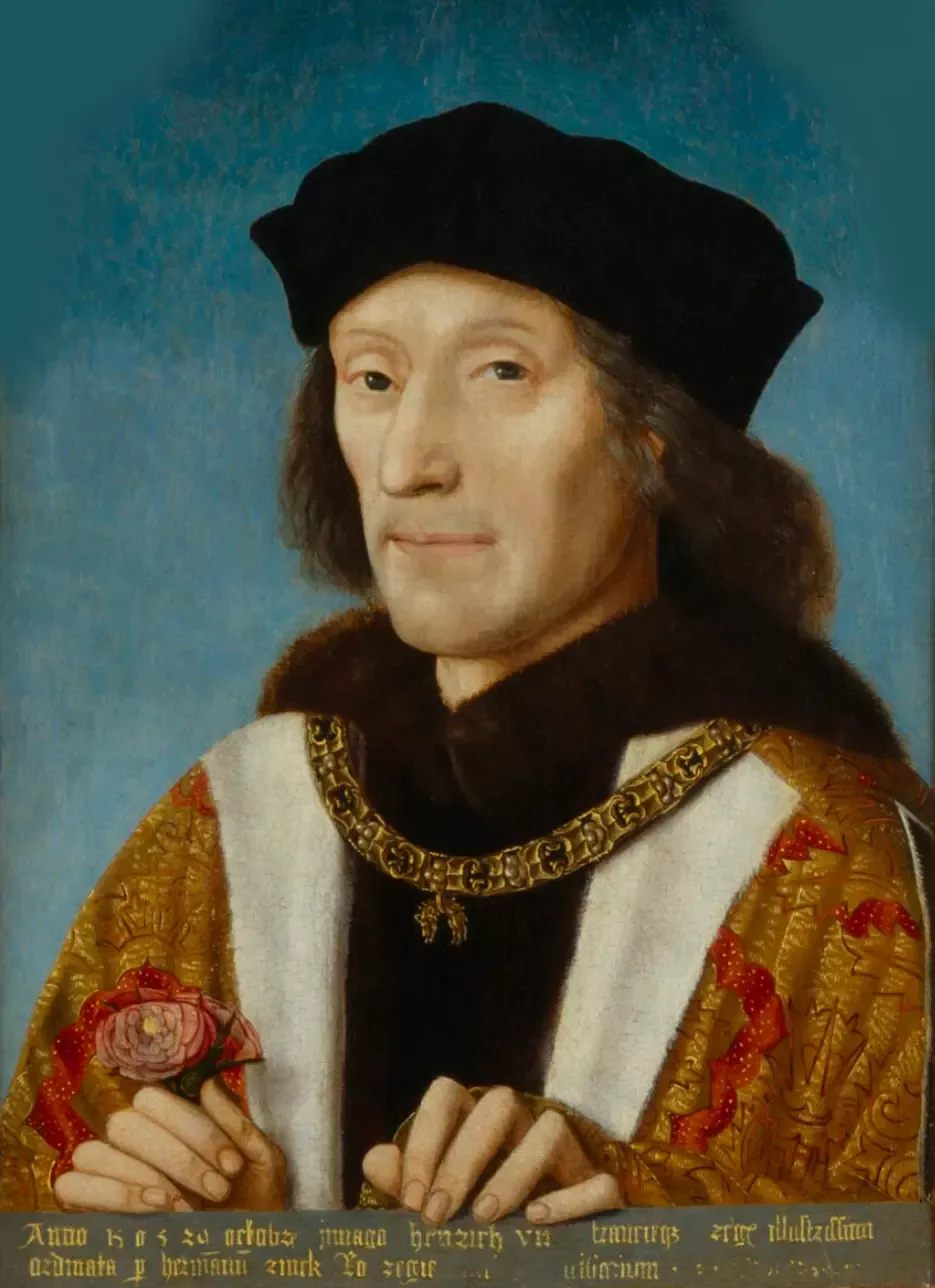 Henry VII
Henry VIIThe House of Tudor's ascent to power was marked by a pivotal event in English history: the War of the Roses. The War of the Roses lasted approximately 32 years, from 1455 to 1487. It was a series of civil wars between the House of York and the House of Lancaster, both vying for the English throne.
The Tudor dynasty began with Henry VII, who defeated Richard III, the last Plantagenet king, in the Battle of Bosworth Field.
This victory in 1485 ended the War of the Roses. Henry VII skillfully consolidated his power, marrying Elizabeth of York, the daughter of Edward IV, to unite the warring houses. His reign laid the foundation for the Tudor dynasty.
Henry VIII
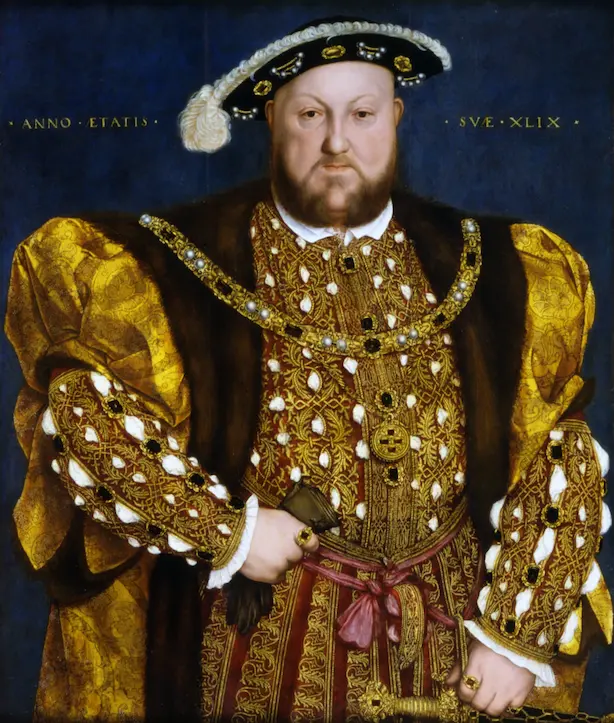 Henry VIII
Henry VIIIHenry VIII's reign was marked by his six marriages, his break with the Catholic Church, and his role in the English Reformation.
His desire for a male heir led to six marriages, each with its own dramatic consequences.
Henry's growing frustration with the Pope's refusal to annul his first marriage led to a dramatic break with the Catholic Church. In 1534, Henry passed the Act of Supremacy, declaring himself the Supreme Head of the Church of England.
Read more about the wives of Hery VIII: Catherine of Aragon, Anne Boleyn, Jane Seymour, Anne of Cleves, Catherine Howard and Catherine Parr
Other Notable Monarchs from the House of Tudor
Edward VI: A young king and his religious reforms
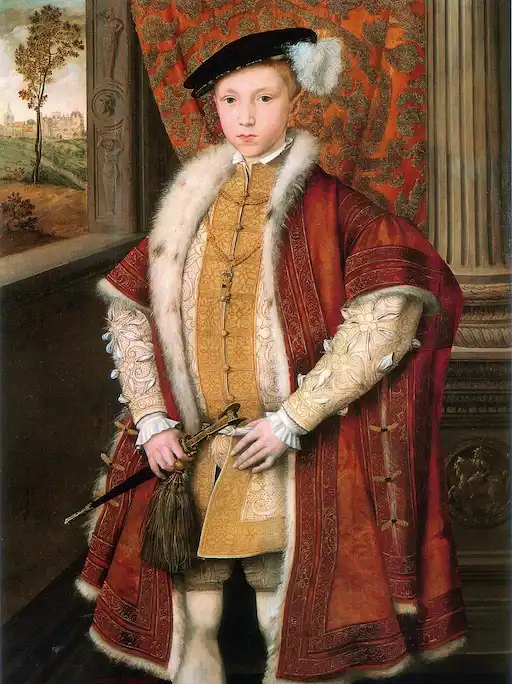 Edward VI
Edward VIFollowing Henry VIII's death in 1547, his young son, Edward VI, ascended to the throne. Edward was a devout Protestant and sought to consolidate the religious reforms initiated by his father. However, his reign was cut short by illness at the age of sixteen.
The scheme to place Lady Jane Grey on the throne was primarily orchestrated by the powerful Duke of Northumberland, John Dudley. While Edward VI, the young and sickly king, approved of the plan to ensure a Protestant succession, it was Dudley who masterminded the details and pressured the king to sign the necessary documents.
Edward VI was 15 years old when he died on July 6, 1553. Upon Edward's death, Jane was proclaimed queen, but her reign lasted only nine days.
Mary I: Her Catholic restoration and the Spanish Inquisition
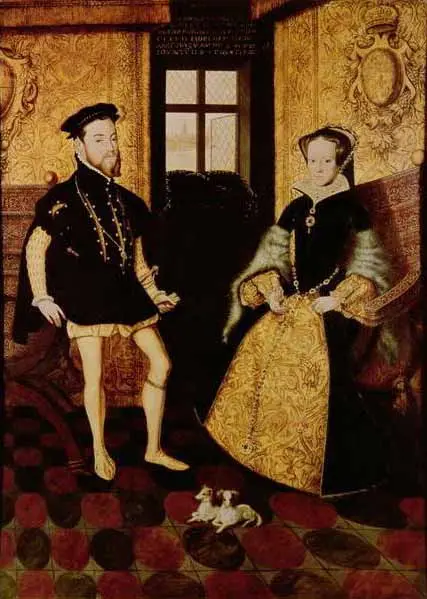 Philip II and Mary I
Philip II and Mary IHis half-sister, Mary I, succeeded him and sought to restore Catholicism to England.
Also known as Bloody Mary, she initiated a period of intense religious persecution, known as the Marian Persecutions. Hundreds of Protestants were imprisoned, tortured, and executed, primarily by burning at the stake. This brutal crackdown, influenced by the Spanish Inquisition, earned Mary her infamous nickname.
Mary I's marriage to Philip II of Spain was a controversial move that further alienated her from her subjects. While she hoped to secure an alliance with Spain and produce a Catholic heir, the English people were deeply suspicious of Spanish influence.
The marriage was unpopular, and Philip's presence in England was often resented. Despite their union, Mary never bore children
Elizabeth I: The Golden Age of England and her reign
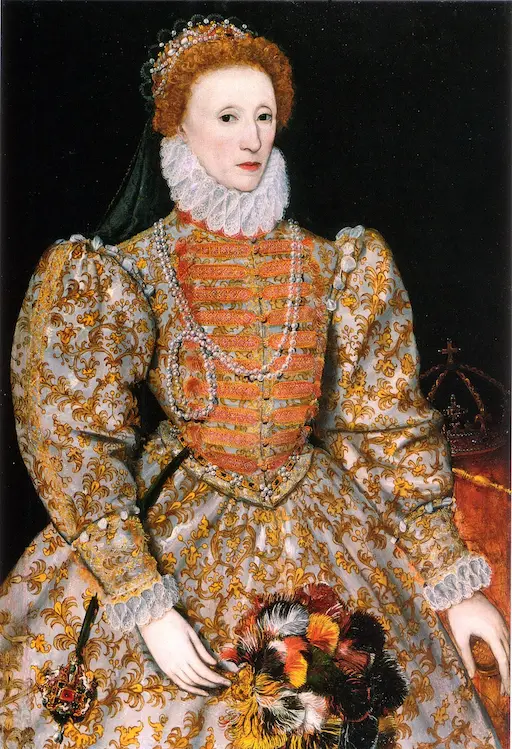 Queen Elizabeth I
Queen Elizabeth IElizabeth I, the younger half-sister of Mary I, became the last Tudor monarch.
Her reign, often referred to as the Elizabethan Era, is considered one of the most prosperous and culturally significant periods in English history. Elizabeth skillfully navigated the complex political landscape of Europe, maintaining England's independence and fostering a sense of national identity. Under her leadership, England experienced a golden age of literature, theater, and exploration, marked by the works of William Shakespeare and Francis Drake's voyages.
Elizabeth restored Protestantism as the state religion of England. She sought to find a middle ground between the extremes of Catholicism and radical Protestantism. This move helped to stabilize the religious situation in England and laid the foundation for a more tolerant and prosperous era.
Elizabeth preferred to remain unmarried, ensuring that she remained the sole ruler and decision-maker. Choosing a husband could have led to foreign influence or even a loss of power. She carefully considered potential suitors, but none met her exacting standards or aligned with her political goals.
With no heir apparent, Elizabeth's death marked the end of the House of Tudor. Her greatest fear was realized as a foreign king from Scotland ascended to the English throne.
James VI of Scotland became James I of England.
10 Must see Tudor Palaces and Castles
You can find traces of the House of Tudor all over England. Here is a list of places to visit.
1. Hampton Court Palace
- Builder: Cardinal Thomas Wolsey (later acquired by Henry VIII)
- Tudor Residents: Henry VIII, Jane Seymour, Edward VI, Mary I
- Special Features: Great Hall, Privy Garden, Hampton Court Maze and the traces of all six of Henry VIII's wifes.
Read more about the secrets of Hampton Court Palace here!
You can also find out how you can visit the Hampton Court Palace virtually.
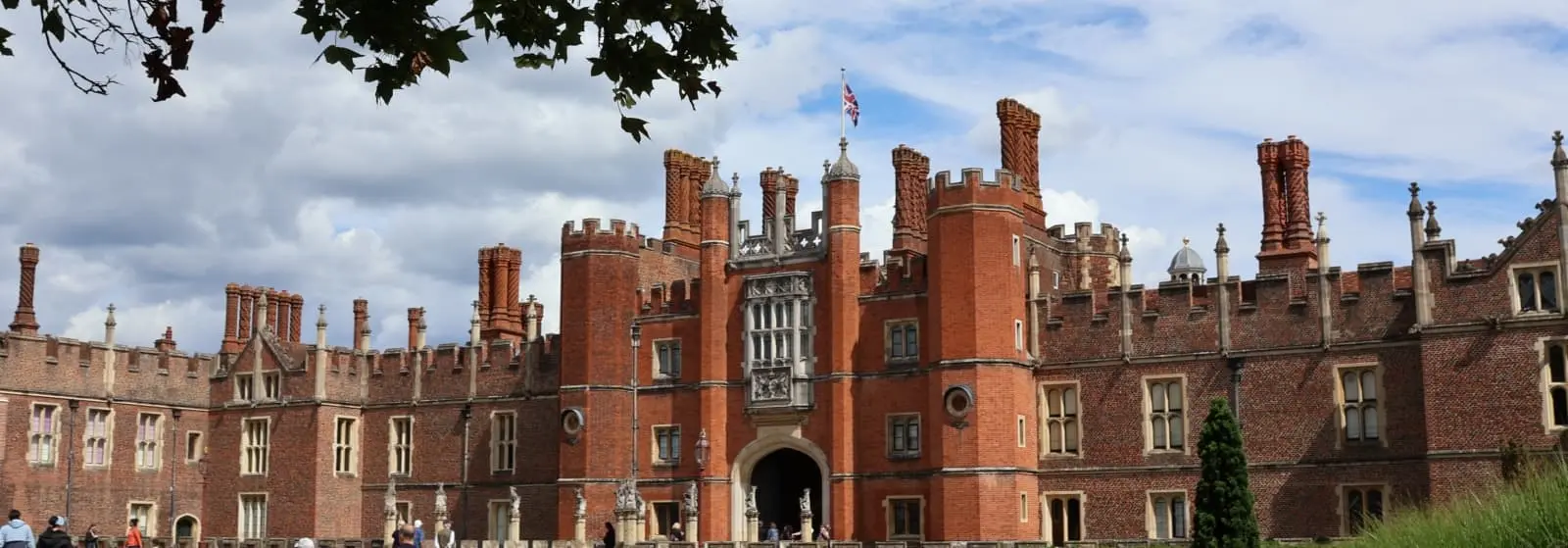
2. Whitehall Palace
- Builder: Henry VIII
- Tudor Residents: Henry VIII, Elizabeth I,
- Special Features: Banqueting House, which is in fact the only building that remained after the fire of 1622, when the palace was destroyed. You can look around in the image below.
3. St. James's Palace
- Builder: Henry VIII
- Tudor Residents: Henry VIII, Mary I, Elizabeth I, James I
- Special Features: Oldest palace still occupied by the royal family, Chapel Royal
4. Kensington Palace
- Builder: Originally built for Robert Dudley, Earl of Leicester (later acquired by William III and Mary II)
- Tudor Residents: Elizabeth I (briefly)
- Special Features: Orangery, Kensington Gardens, with the Diana Princess of Wales Memorial Garden, which you can visit virtualy via the image below.
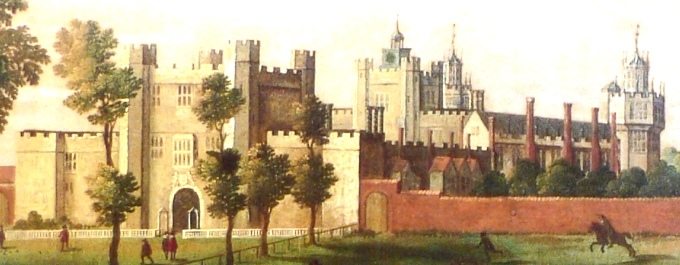
5. Nonsuch Palace
- Builder: Henry VIII
- Tudor Residents: Henry VIII, Elizabeth I
- Special Features: Extravagant palace, demolished in the 17th century, so unfortunately you cannot visit this one.
6. Westminster Palace
- Builder: Originally built by William the Conqueror
- Tudor Residents: Henry VIII, Elizabeth I
- Special Features: Houses of Parliament are housed here. Westminster Hall is a remainder of the oldest part of the builings. Take a look around in the image above.
7. Windsor Castle
- Builder: William the Conqueror
- Tudor Residents: Henry VIII, Elizabeth I
- Special Features: The longest-occupied castle in the world, since the 11th century. St George's Chapel and Queen Mary’s dolls house.
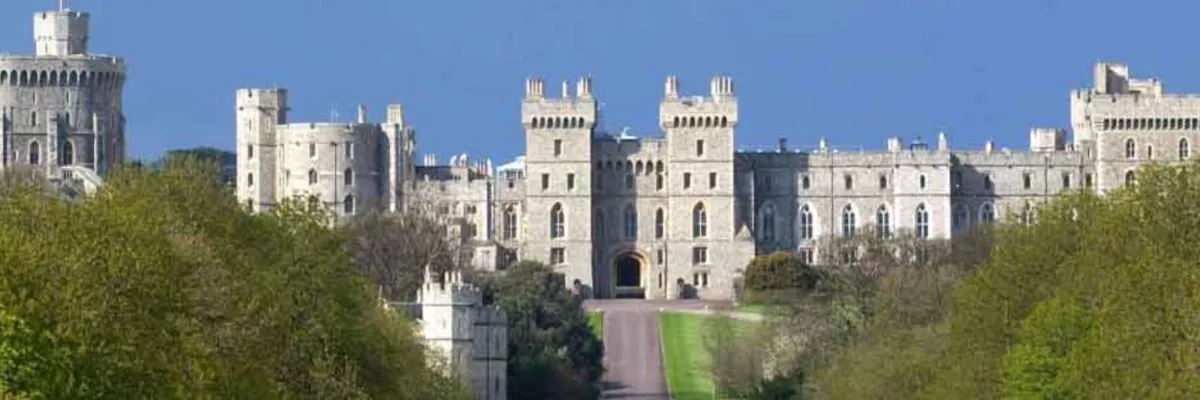 Windsor Castle - By Chaxzakak - Own work, CC BY-SA 4.0, Link
Windsor Castle - By Chaxzakak - Own work, CC BY-SA 4.0, Link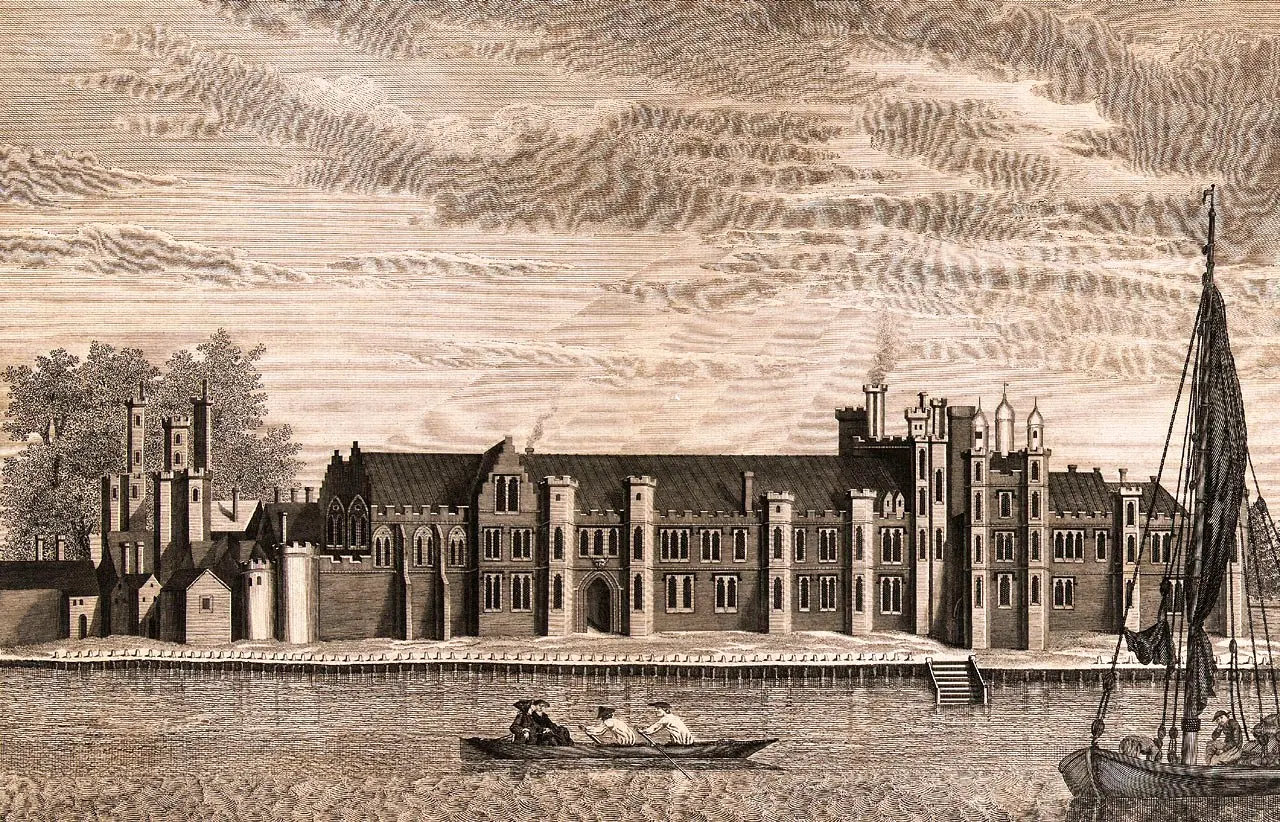
8. Greenwich Palace
- Builder: Henry VIII
- Tudor Residents: Henry VIII, Elizabeth I
- Special Features: Alson known as Palace of Placentia, birthplace of Henry VIII in 1491, and both his daughters Mary I and Elizabeth I. Now home to the National Maritime Museum
9. Hatfield House
- Builder: Thomas Cecil, 1st Earl of Salisbury
- Tudor Residents: Elizabeth I (as a princess)
- Special Features: Beautiful gardens, Hatfield House Picture Gallery with the Rainbow portrait of Elizabeth I.
Take a look into the ballroom of Hatfield House
10. The Tower of London
- Builder: William the Conqueror
- Tudor Residents: Anne Boleyn, the night before her coronation, and again for her excecution. Elizabeth I, as a prisoner, Lady Jane Grey also imprisoned and executed.
- Special Features: Historic fortress, home to the Crown Jewels
